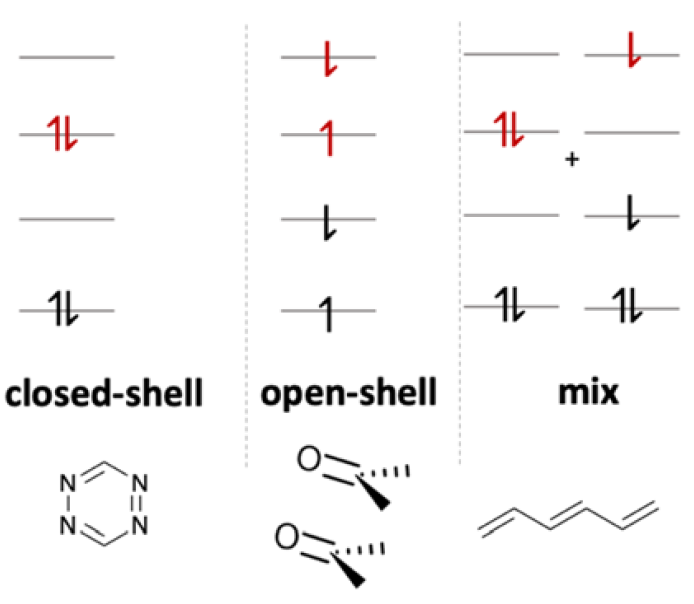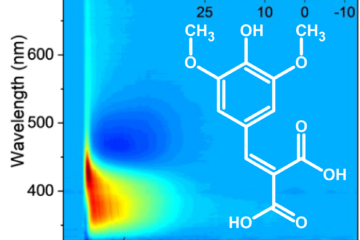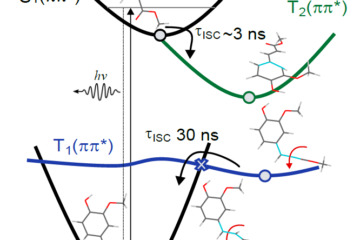A physically motivated definition of doubly excited character based on density matrices is proposed.
In brief:
- Doubly excited states are elusive, and no general definition is consensual.
- We propose a method-independent definition of doubly excited states based only on physical observables without any explicit reference to orbitals or wave functions.
- Three types of doubly excited states are distinguished.
Doubly excited electronic states are crucial in many areas, such as singlet fission and non-linear optical spectroscopy. Although these states have been studied for many years, even an apparently simple task like assigning an electronic state of butadiene as singly or doubly excited may still spark controversies.
The problem is that we have no well-defined framework for classifying doubly excited states. In fact, there is not even a consensual definition of doubly-excited character as such.
In collaboration with Felix, Mariana presented a solution: a physically motivated definition of doubly excited character based on a 1-electron transition density matrix (1TDM).
Within the 1TDM picture, we define a state as being doubly (or higher) excited if it is impossible to couple it to the ground state with any conceivable one-electron operator.
This definition works independently of the orbital representation and avoids ambiguities that have plagued earlier studies.
Furthermore, we propose a classification scheme to differentiate two limiting cases:
- Two single excitations occurring within two independent pairs of orbitals and leaving four open shells (DOS).
- The promotion of both electrons to the same orbital producing a closed-shell determinant (DCS).
- A mixture of singly and doubly excited configurations not aligning with either one of the previous cases (Dmix).
The three cases are illustrated through various high-level computational methods using dimers for DOS, polyenes for Dmix, and cyclobutane and tetrazine for DCS.
The conversion between DOS and DCS is investigated using a well-known photochemical reaction, the photodimerization of ethylene.
This work provides a deeper understanding of doubly excited states and may guide more rigorous discussions toward improving their computational description while delivering insight into their fundamental photophysics.
MB
Reference
[1] M. Telles do Casal, J. M. Toldo, M. Barbatti, F. Plasser, Classification of Doubly Excited Molecular Electronic States, Chem. Sci. (2023). DOI: 10.1039/D2SC06990C




0 Comments